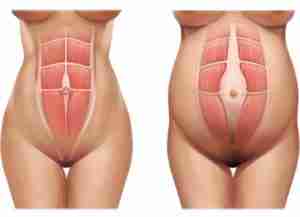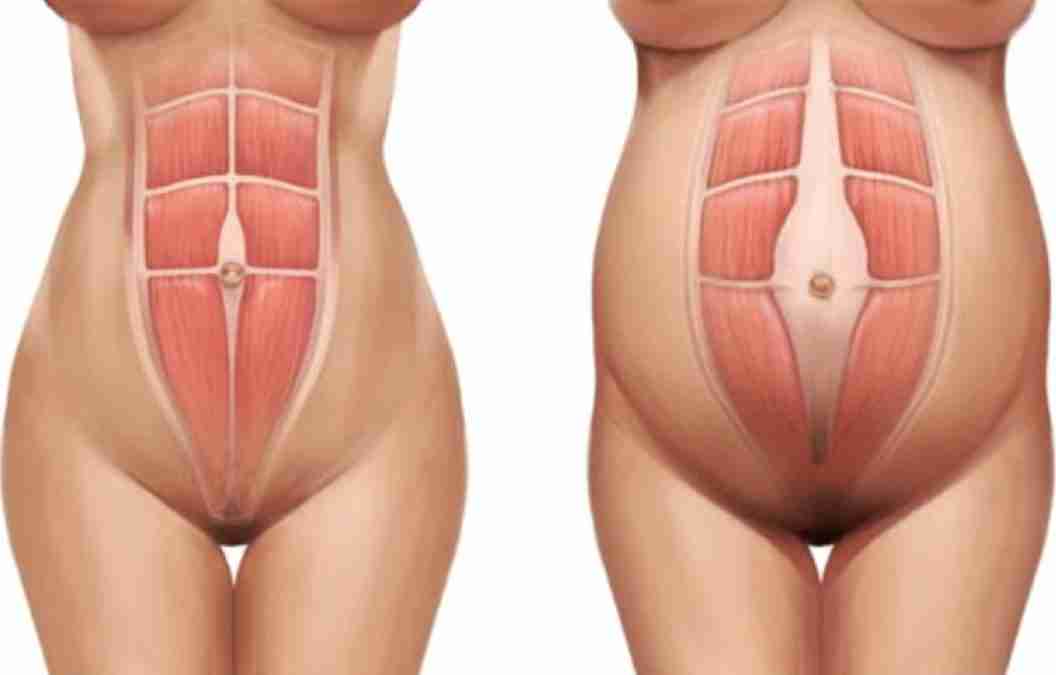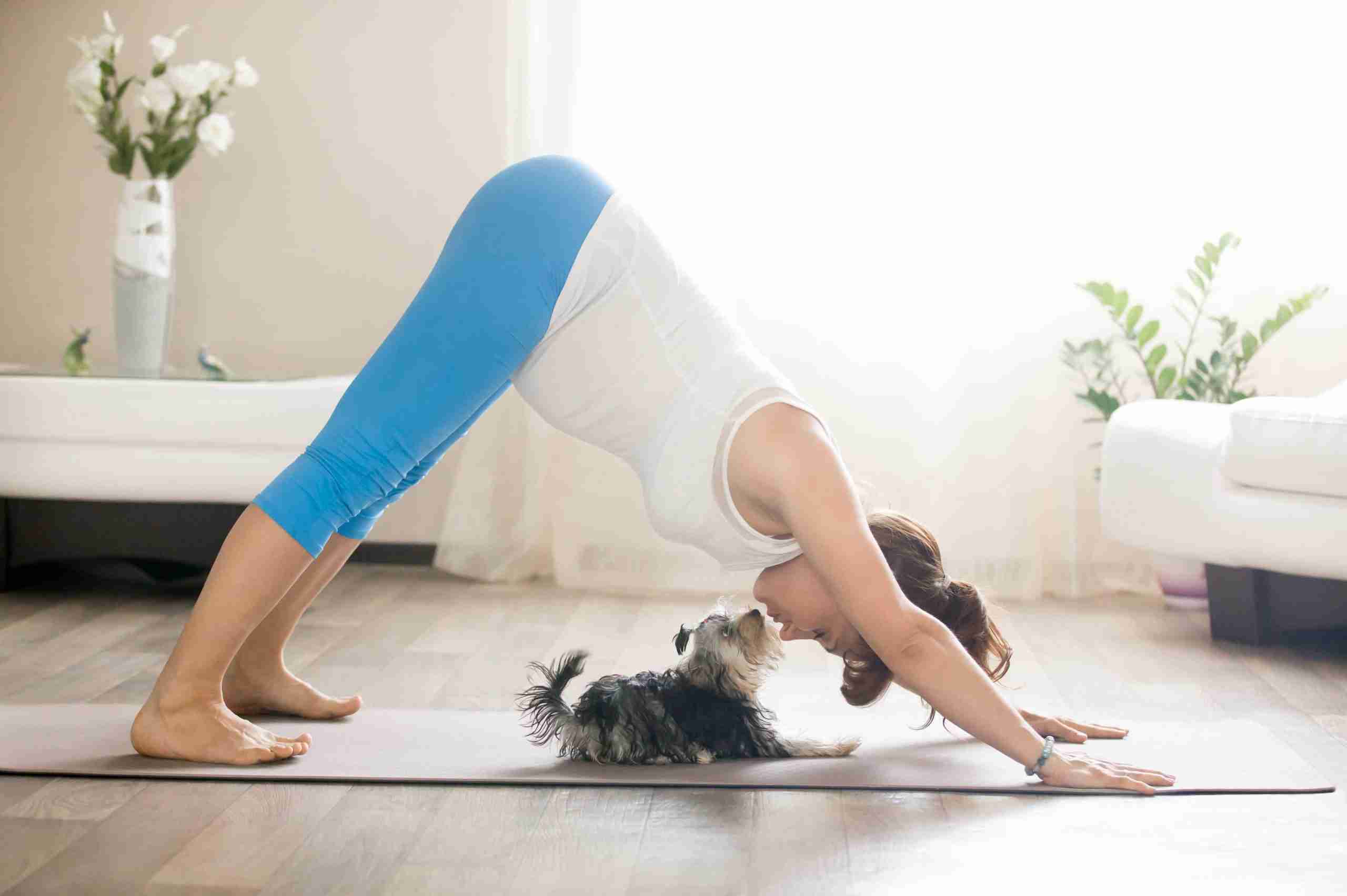Do I have rectus diastasis?
There is a condition that women suffer from during pregnancy called rectus diastasis (DRA) – this is where the abdominal muscles separate in the midline whilst you are pregnant. DRA was first documented in 1858 and is classically defined as a separation of rectus abdominus muscle bellies greater than 2 fingers widths at a level of below the umbilicus. The bigger your bump becomes – such as having twins, the greater the gap can be.
Your waistline circumference can increase by up to 50cm in the third trimester, even just with one baby, and the abdominal muscles can lengthen by up to 20cm. The severity range of a DRA can be from 2.5cm – 23cm, with or without abdominal bulging.

Some research shows that 27% of women have a DRA in the second trimester and 100% of women have a diastasis at 38 weeks! The abdominal muscles work closely with the diaphragm, pelvic floor and lower back muscles to create tension around the “core” and control intra-abdominal pressure. A DRA means you will lose this ability and can lead to constipation / incontinence, and instability and poor function of the spine and pelvis, and pain!
Our Women’s Health Physiotherapists can assess your spine and pelvis, pelvic floor function and if you have a DRA. Once they have established your current level of postnatal function they can give you a safe, structured and progressive solution for your recovery.
Rehabilitation of a diastasis in Wandsworth
Rehabilitation of a DRA is not about reducing the gap – in most cases your body will slowly heal and the gap will reduce, but it may not fully return to how it was before your baby. In this case rehabilitation is geared towards enabling you to increase tension in the connective tissues across the gap to stabilise the spine and pelvis. Approximately 60% of women with pelvic floor dysfunction also have a DRA and a Women’s Health Physiotherapist can prescribe you specific post-natal pelvic floor and abdominal exercise.
We don’t recommend planks or crunches but specific lower abdominal exercises. Once you can effectively create tension across the abdominal muscles we can progress these exercises and give you the right advice to get you back to yoga, the gym or running.




